To reduce coffee waste might sound like a minor thing, but it isn’t. Every time we brew coffee we barely extract between 1% and 2% of coffee grounds.
Putting it simply, if we don’t pay attention, we would be throwing away 98% of the coffee we buy.
Becoming more sustainable is one of those very few things that are equally urgent and important. Still, with so much information, so many conflicting opinions, and interests around sustainability, it can be hard to act upon the challenge.
Keep reading to find out how to reduce your coffee-loving footprint, along with some useful tips.
Why do I take sustainability personally?

While I have always cared about the environment, it wasn’t until recently that I felt how important it is.
A couple of years ago, a severe drought hit the forests around my home in Caracas. Soon enough, wildfires started and I breathed smoke-polluted air for weeks.
I couldn’t avoid it. A brownish-grey cloud covered the entire city -and beyond. After almost a month, I felt weak, slow, and in pain. I was coughing so much that I was literally tired of it. Then, my body couldn’t deal with it anymore and I needed medical assistance.
It was scary, but that experience opened my eyes to how much I depend on Nature. I took breathable air for granted, as I did with water, trees, and animals. Since then, I decided to become more and more sustainable, making tiny but scalable tweaks.
To start, I switched my regular razor for a vintage safety one. Then, I started to grow some greens, fruits, and veggies at home. After a while, I planted a few trees.
It all felt right, but I concluded that consistency and focus are key to obtain results. So, I have been focusing on waste reduction and daily habits.
I am far from becoming an environmental hero. However, I believe in the power of tiny billions of actions.
Four ways to become a more sustainable coffee-lover
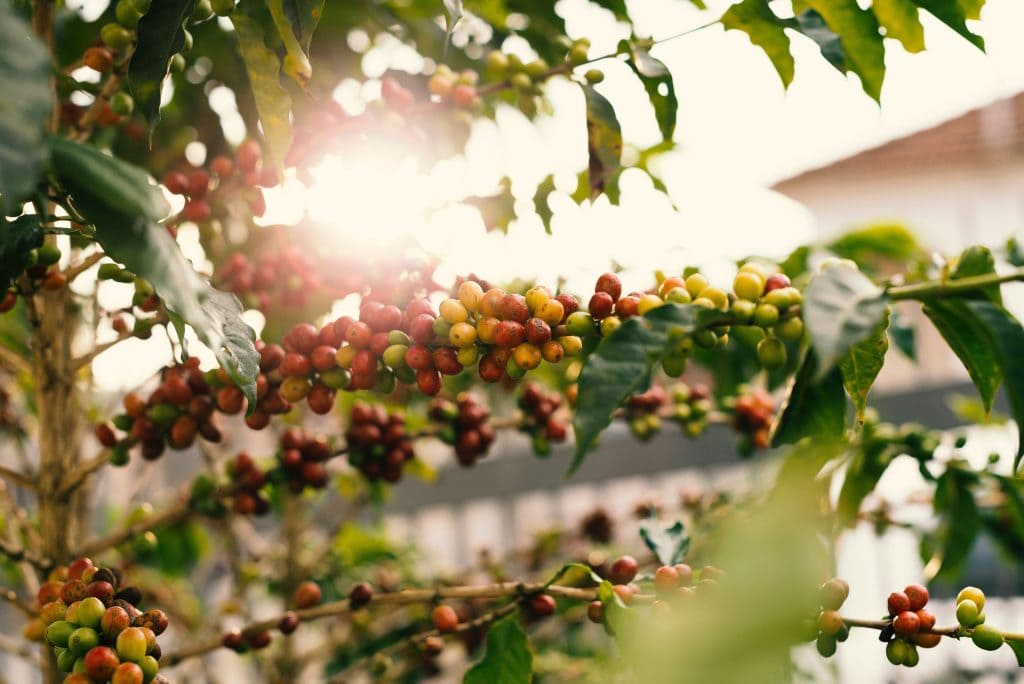
If you’re reading this article, you probably don’t need to read more about the benefits of reducing coffee waste, so I’ll go straight to the point.
In short, I found four ways to be a more sustainable coffee-lover:
- Avoiding coffee excess
- Reducing coffee-related waste (ie. water, energy, plastic, etc)
- Reducing/Controlling consumerism
- Reusing coffee grounds
Interested? Keep reading!
Avoid coffee surplus
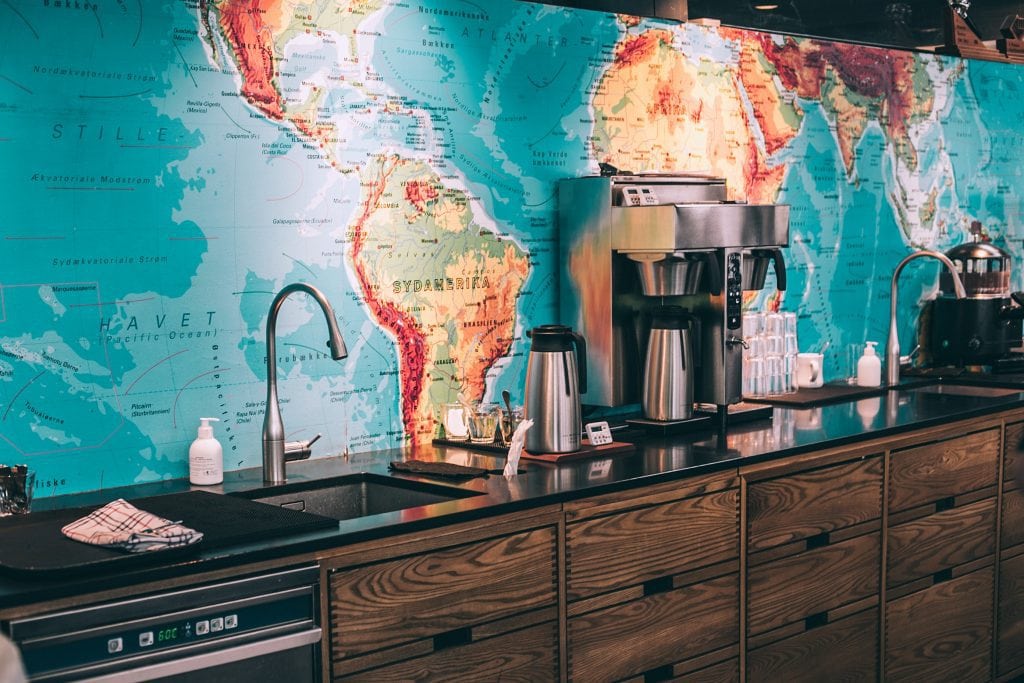
Why would anyone throw coffee away?
Sometimes people can buy more coffee grounds than they can store appropriately. In other cases, they would brew more coffee than anyone could drink.
I used to be careless, but after I started learning about Specialty Coffee, my habits changed dramatically. If you want to learn more about my top tips, you can check my post about them.
For this section I drew some inspiration from a PDG article [1] to avoid coffee surplus.
To keep it simple, I summarized PDG’s Jannice Chinna Kanniah top points:
Buy wisely
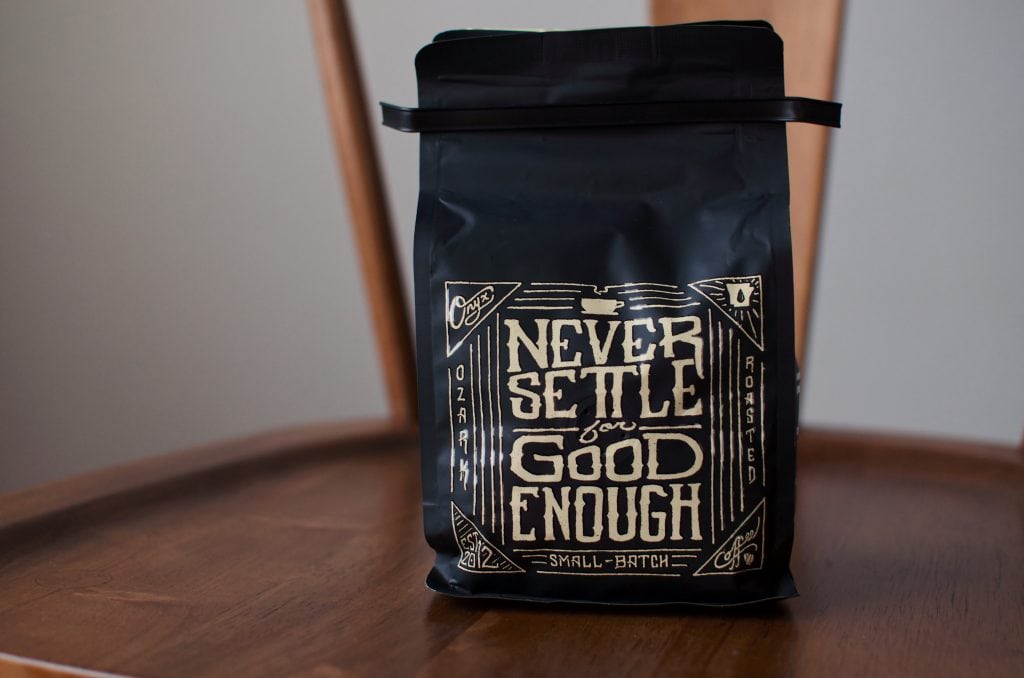
I buy coffee every two weeks, in very small amounts.
Buying in this way helps me drink very freshly roasted coffee. Moreover, buying small quantities it quite unlikely that coffee will stale. This takes me to the next point.
Another advantage of buying coffee in small batches is that it allows me to try different beans in less time.
Optimize your storage
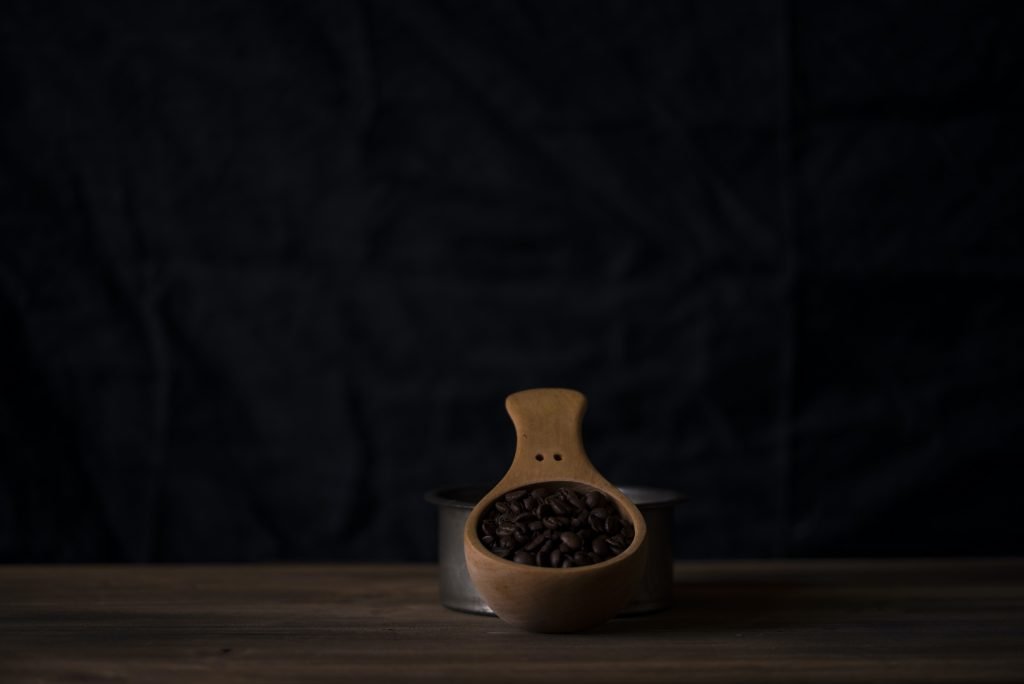
Sure, buying in small quantities is great, but if you don’t protect your coffee from air and sunrays, it won’t last fresh for too long. If you love fresh coffee, there is nothing better than grinding it on demand. It’s a fact that coffee beans last more than coffee grounds.
Regarding containers, I use steel-made Airscape and Fellow Atmos ones because they work better than airtight containers. If you have transparent ones, keep them away from sunlight.
Brew on demand
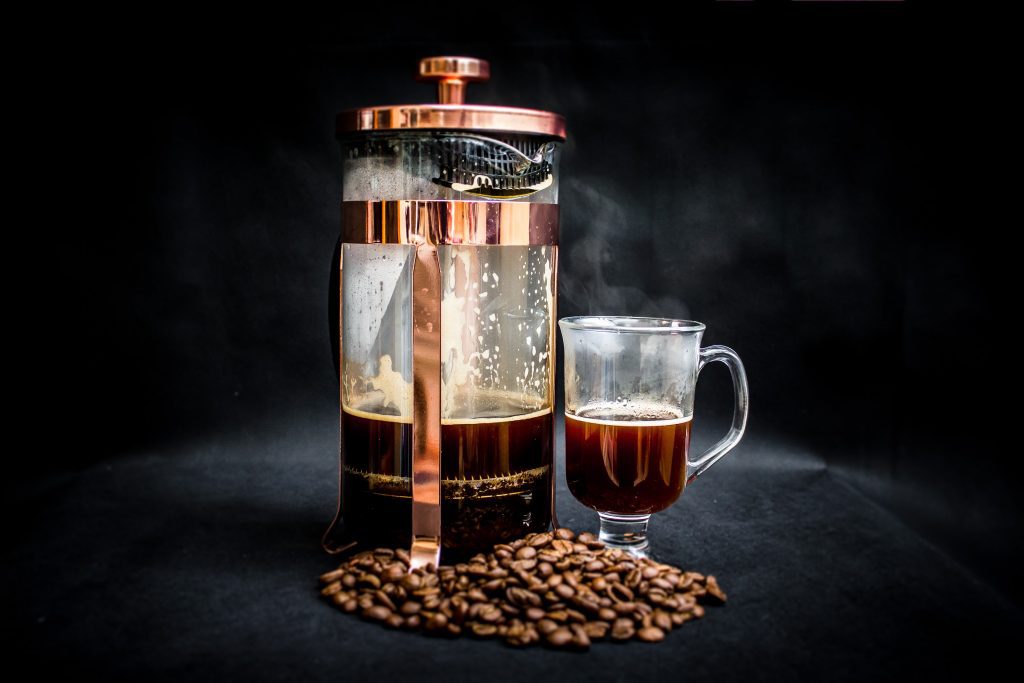
Coffee geeks like me love to brew coffee manually and slowly. It takes less than 5 minutes, but it’s still a bit annoying for most people. If you aren’t a fan of pour-over coffee or espresso, you still can follow this simple tip.
The important thing here is to avoid brewing coffee nobody is going to drink. So, try to keep in mind who is going to drink coffee in the next few minutes so you don’t have leftover coffee in your pot. It’s easier to brew on demand using a handy calculator [2].
If you still brew coffee you won’t drink, use it to prepare a dessert or a cold coffee beverage. Reheating coffee is one the worst things you can do, but even worst is to throw it away. So take that cold coffee and work your chef magic.
I found a few good recipes with leftover coffee [3] you can try. I am sharing them below, at the end of the article. Believe me, if you try these recipes you’ll start making coffee only to have a treat now and then.
Cut down on coffee-brewing related waste
Coffee brewing can be really wasteful. Used grounds are one thing, but filters, water, energy, and gear sum together.
Still, I found a few tips that can help!
Water your garden with brewing leftovers
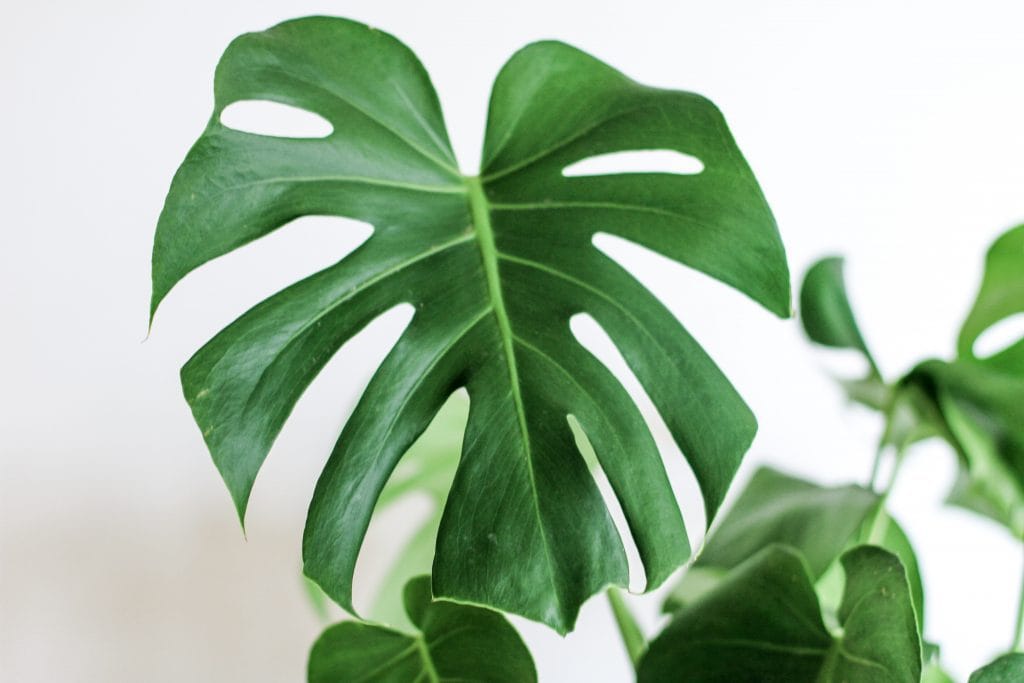
Don’t throw away any of the water you use to rinse the paper filters when preparing pour-over. Instead, use it later to water your plants (wait until it’s cool, though!).
If you’re a home barista with an espresso machine, do the same with the water caught in your machine’s tray.
Be careful with energy consumption
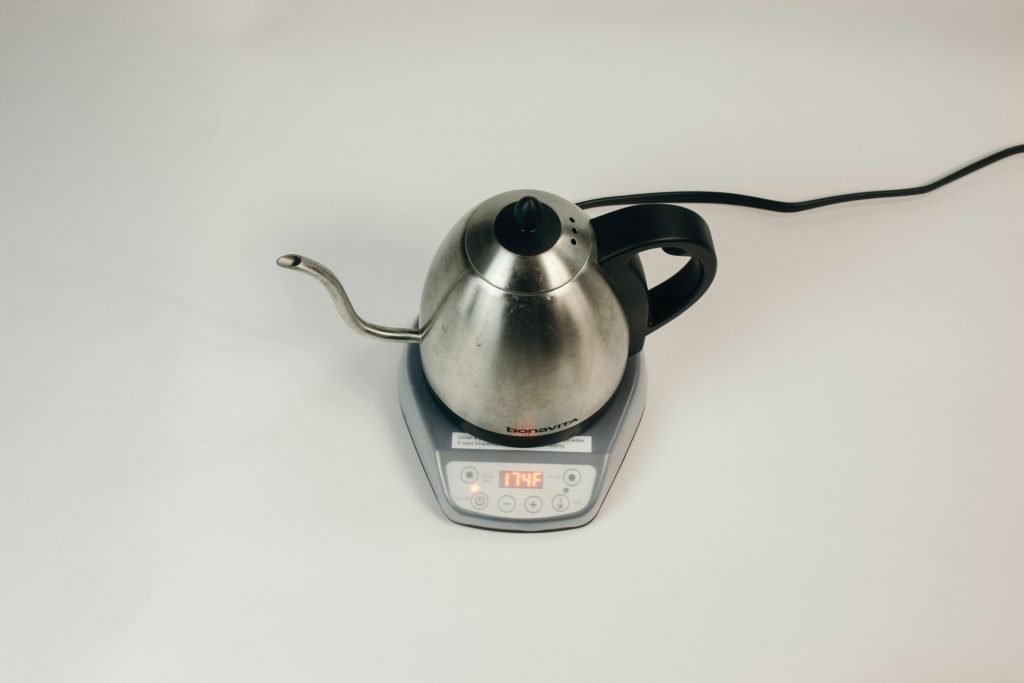
Don’t abuse the convenience of the on-hold feature of electric kettles and coffee-makers. Try to brew coffee when the water reaches the set temperature and use thermal carafes so you can keep coffee as hot as you like without wasting power.
Additionally, coffee that stays at the coffee-maker pot for too long gets over-extracted and acquires a burnt, unpleasant taste.
Try metal filter devices
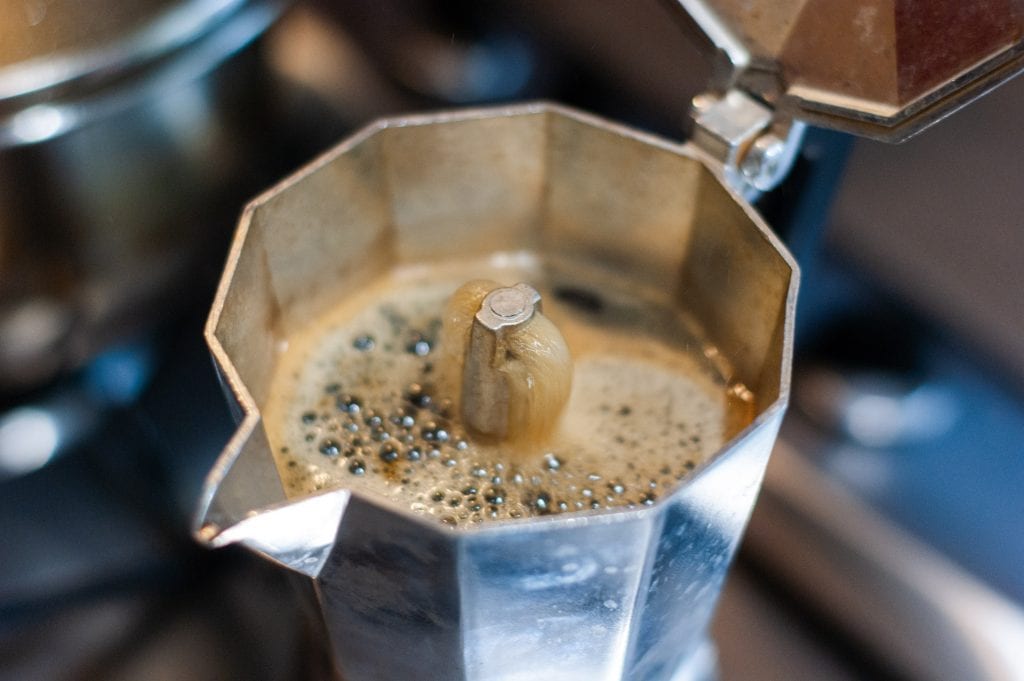
It’s all about balance and enjoyment. I use different brewing methods during the week. It’s a good choice to have a French Press or a Moka Pot. I have both because they are inexpensive, and each one brews completely different coffee cups.
Why are they a sustainable choice? They don’t use disposable filters, so they help reducing waste.
Avoid K-cups, non-recyclable pods, and capsules
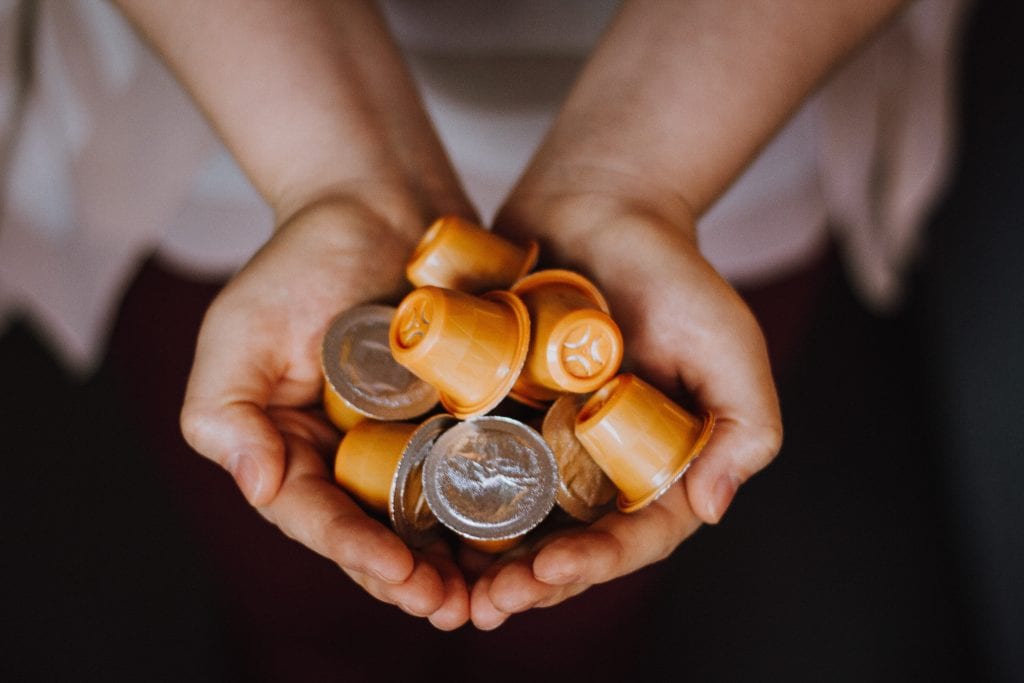
There are plenty of high-quality and tasty alternatives. Unfortunately, k-cups are as popular as unsustainable.
Capsules had a similar problem years ago, but now they offer recyclable ones. Check if your capsules are recyclable and the available alternatives.
Pick a refillable mug
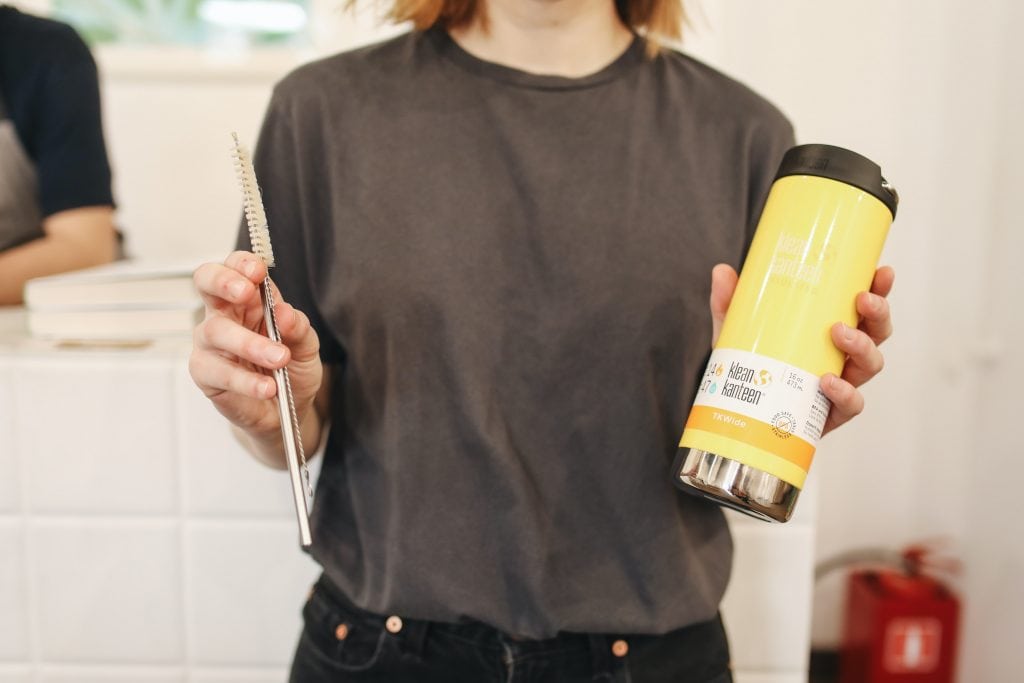
Back in the day, I had at least three cappuccinos per week at local cafés. All of them, using a disposable cup with a plastic lid.
Nowadays I use a refillable mug instead when I go to local cafés.
Just beware of buying tons of these refillable mugs unless they’re completely biodegradable.
It would be a disastrous paradox.
Re-use. Recycle. Upcycle

Re-use, recycle or upcycle coffee bags. Many of them are plastic or have plastic parts. We can’t afford to throw more single-use plastic away. As challenging as it can be, I found several creative ideas you can try [4].
Keep your gadget madness at bay
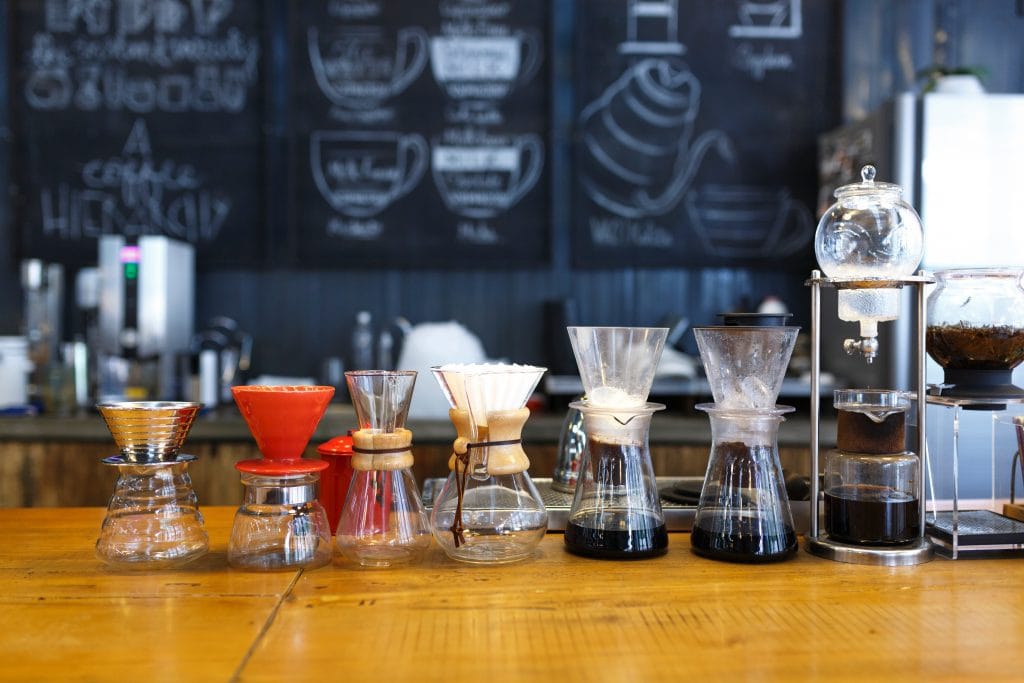
For me, this is the hardest one. I failed miserably when I started to take coffee more seriously. First, I bought some low-quality gear, because I told myself that I was just testing the water. Second, I got a couple of stuff that I didn’t need.
After I learned how challenging can be to gear up appropriately, I decided to start my blog to help others with their journey.
So, what can we do to stop our coffee Gollum from taking us to the dark side?
Think long term and avoid low-quality products
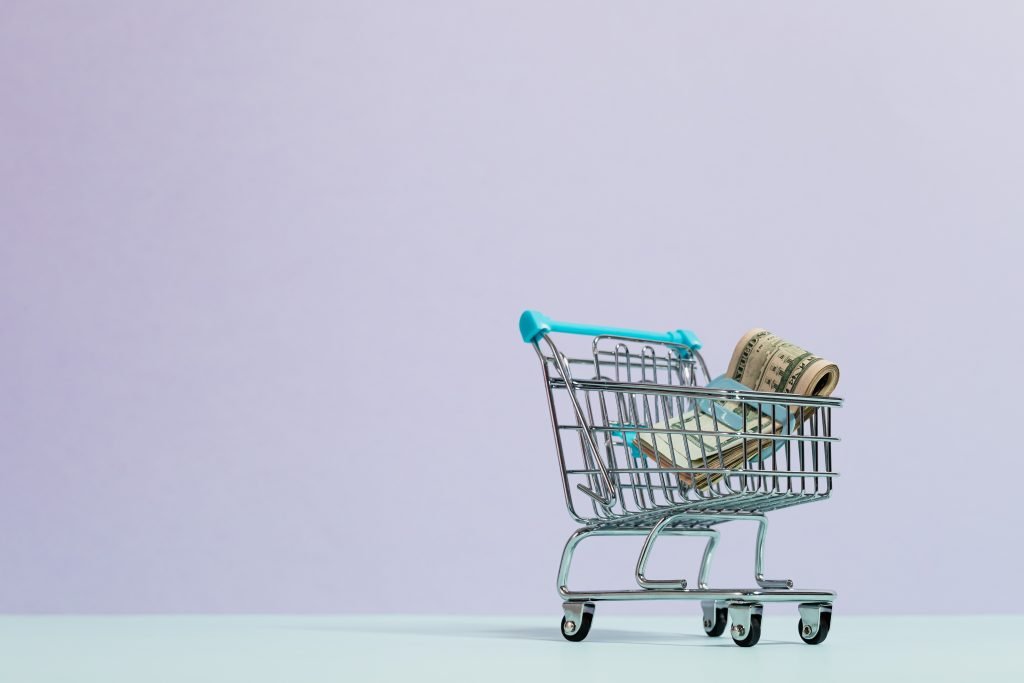
I’ve been there with a 30$ espresso machine sitting in my cart, waiting only for me to click that beautiful yellow button. However, as my interest in high-quality coffee has grown I noticed that buying cheap stuff only leads to waste.
After failing to choose my gear wisely when I started, I now recognize how important is to be pickier before spending hard-earned money on coffee gadgets. Not only because it takes hard work to get that money (duh!), it’s quite frustrating to deal with cheap stuff you don’t want anymore.
And throwing away all the cheap stuff we bought has become an environmental issue.
Buy second-hand/refurbished gear
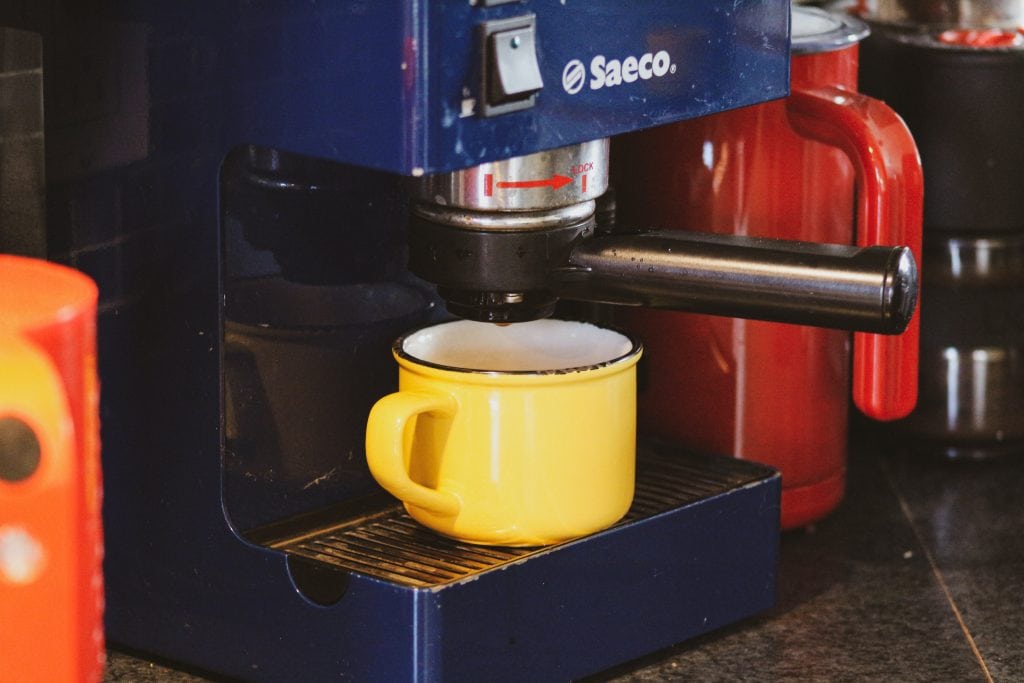
We love brand new stuff, but buying second-hand is a great option. For instance, Baratza has its certified refurbs with a 1-year warranty. And you can try Amazon, E-bay, and your old-fashion garage sale too.
The most expensive gear like espresso machines and high-end grinders are great for this.
Give or sell the gear you don’t use
From time to time, I like to practice Mary Kondo’s decluttering approach. In short, if you don’t love it, don’t keep it then. If you give it or sell it to others, it’s a great way not only to have a more organized home. Also, you could be stopping someone else’s from buying something brand new without needing it.
Transform used coffee grounds
When I was researching to write this article, I found a great piece in Healthline [5]. They include 16 alternatives, but I found it a bit excessive to write about all that again. You can check the link at the end of this blog post if you’re curious about them.
I picked the ones we enjoyed the most at home. I encourage you to give them a try and decide for yourself.
Composting
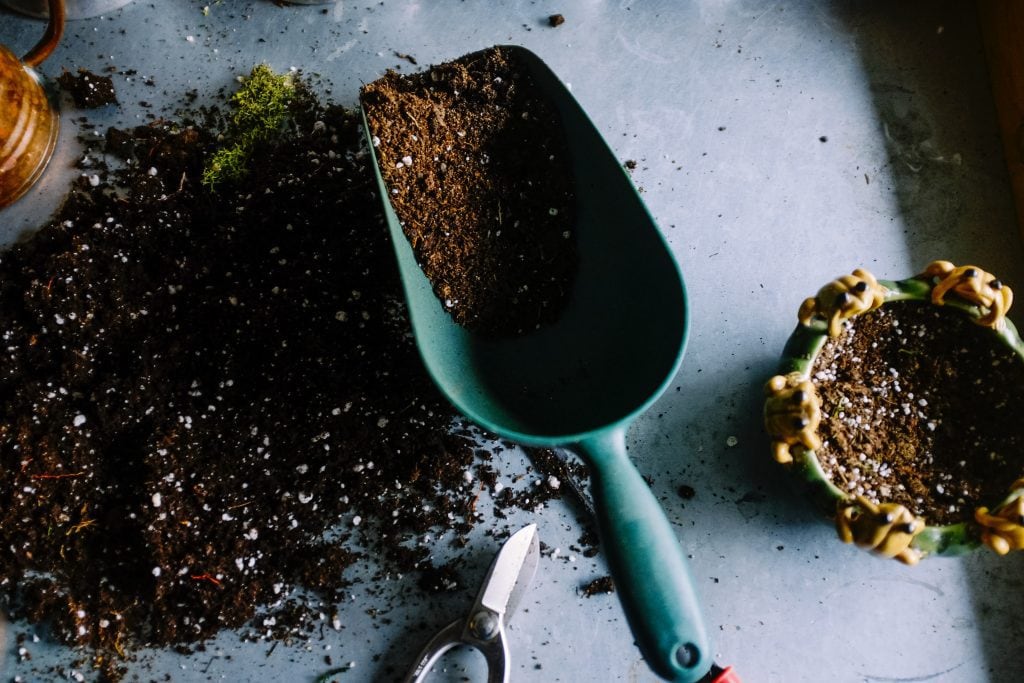
Using food leftovers to make compost is a good way to reduce waste and enrich the soil. Used coffee grounds are great for plants, and you can include paper filters, as they are biodegradable.
It’s important to learn how to prepare an appropriate compost, though. I picked this handy composting guide [6] to help you.
Neutralize odors
I have tried this one and it’s incredible. You can place used coffee grounds inside the fridge or the bathroom, where nasty smells are common.
The bad thing is that it grows mold rather quickly, so I don’t leave it for more than one day. It depends a lot on your local weather, but in sunny Caracas, it doesn’t last for too long.
Grow Mushrooms
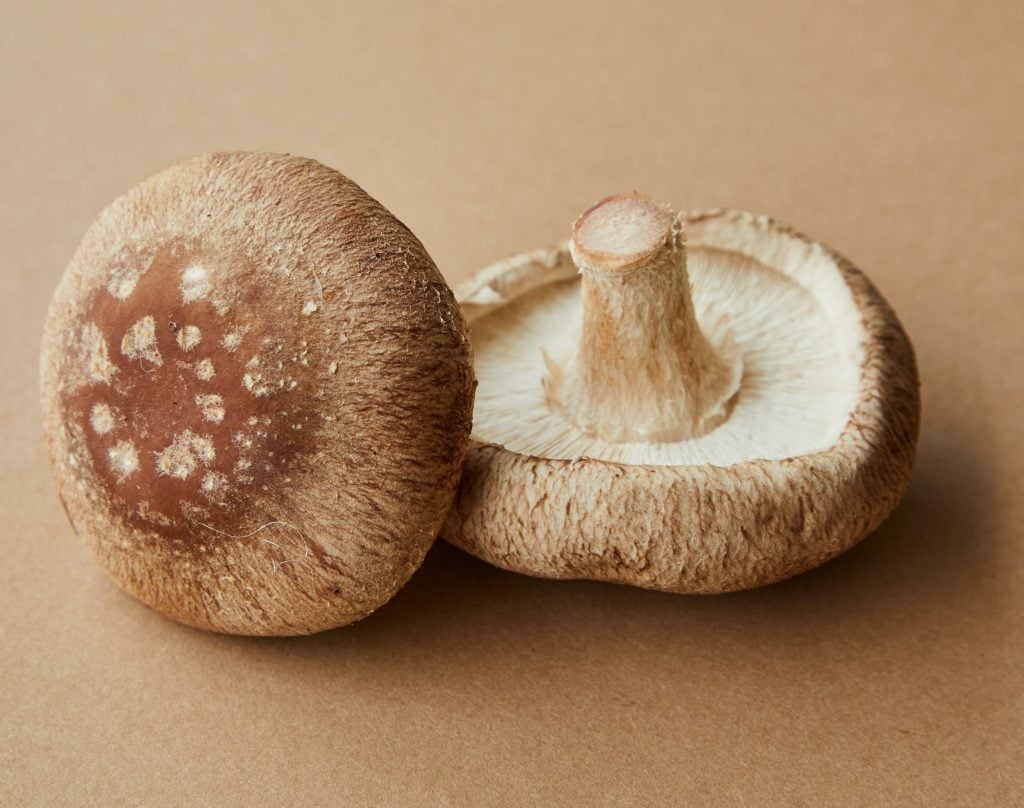
If you’ve noticed how quickly grows mold inside used coffee grounds, you know it has the potential to grow fungus.
Of course, it’s different growing mold from mushrooms, so although used coffee is nutrients rich it won’t work alone.
After I tried this experiment, I felt a little bit like a mad scientist.
If you want to give it a try and love mushrooms as much as I do, follow the steps in the guide I dropped below [7].
Tenderize meat
If you make coffee with used grounds you’ll get a bitter and bland infusion. Surprisingly, using soaking meat in this infusion or leftover coffee is a great way to marinate it [8].
Coffee will not only add nice aromas and taste to meat, but its acidity will break some of the meat tissue.
The best way to use coffee for BBQs is with other spices. And one of the great benefits of coffee is that it doesn’t add any sodium to your mix.
Worth the try?
I hope you find the tips above useful. On the internet, you can find dozens of additional alternatives, but I picked only the most practical and relevant I have tried so far.
Let me know if you learn anything new or have a useful tip you’d like to share.
You can always drop me a message here.
References & Further Reading
- Perfect Daily Grind: 3 ways to cut down on coffee waste at home
- Honest Coffee Guide: Coffee to water ratio calculator
- My Recipes: Recipes with Leftover Coffee
- Ideas I like to upcycle coffee bags
- Healthline: 16 creative uses for used coffee grounds
- U.S EPA: Composting at Home Guide
- Modern Farmer: How to Grow Mushrooms in Coffee Grounds
- Life Hacker: A low sodium meat tenderizer


